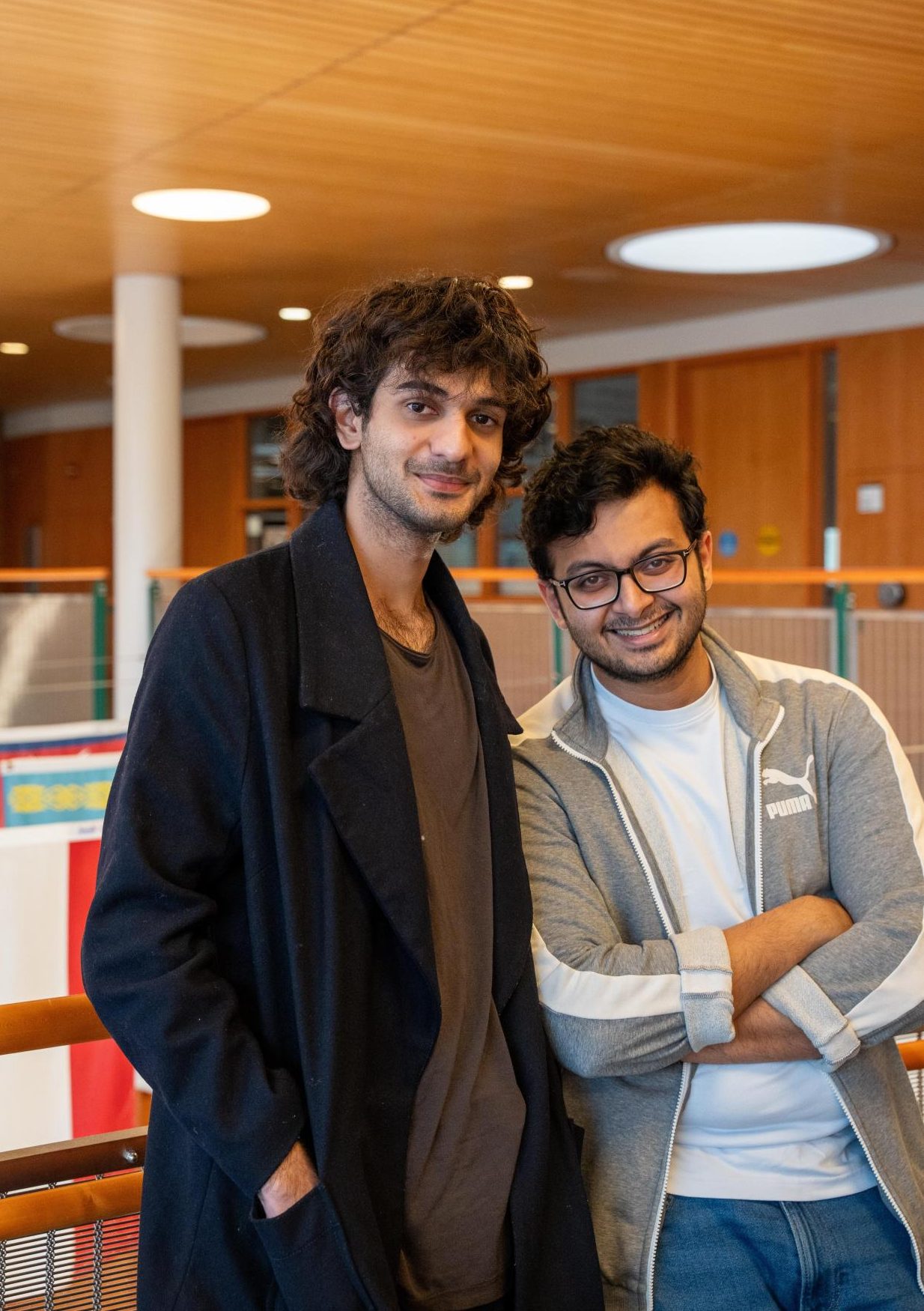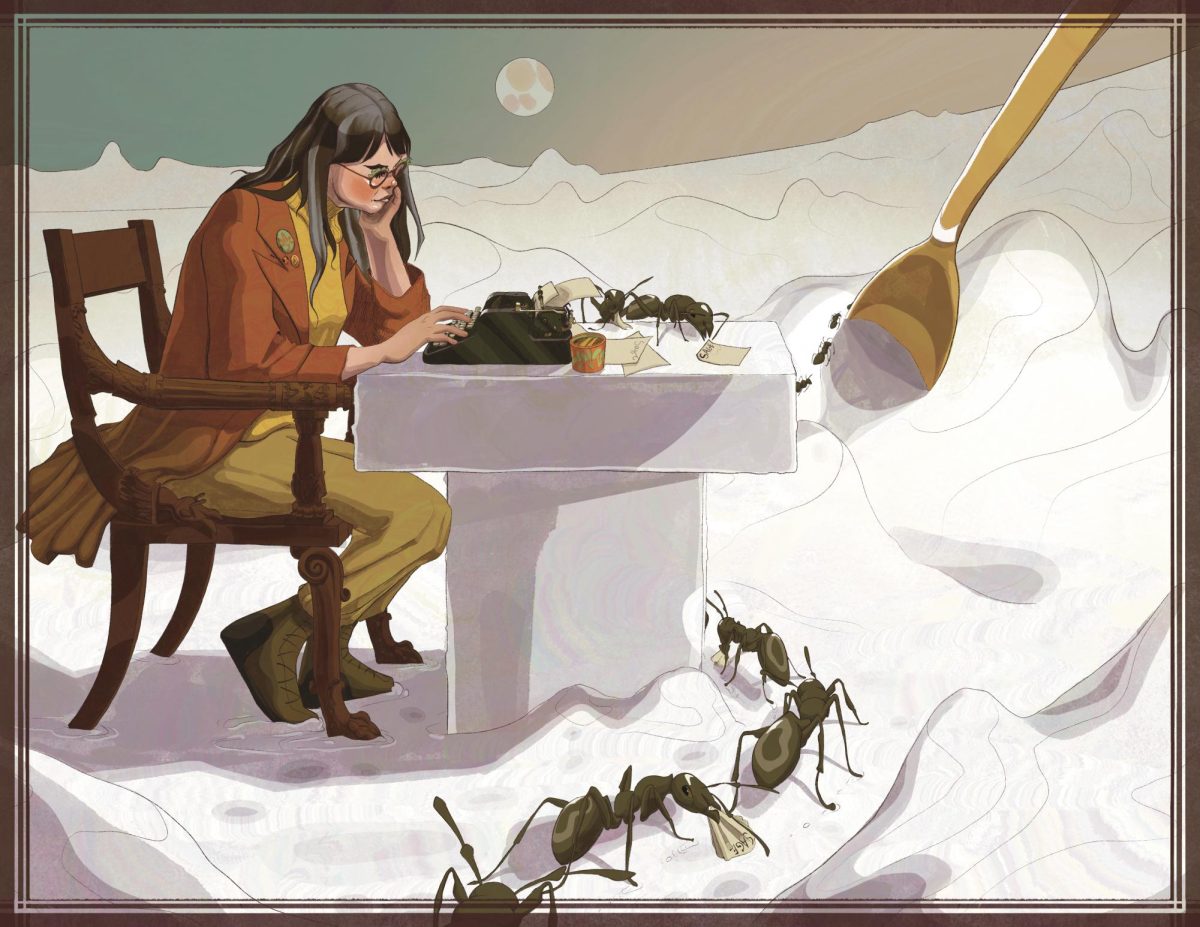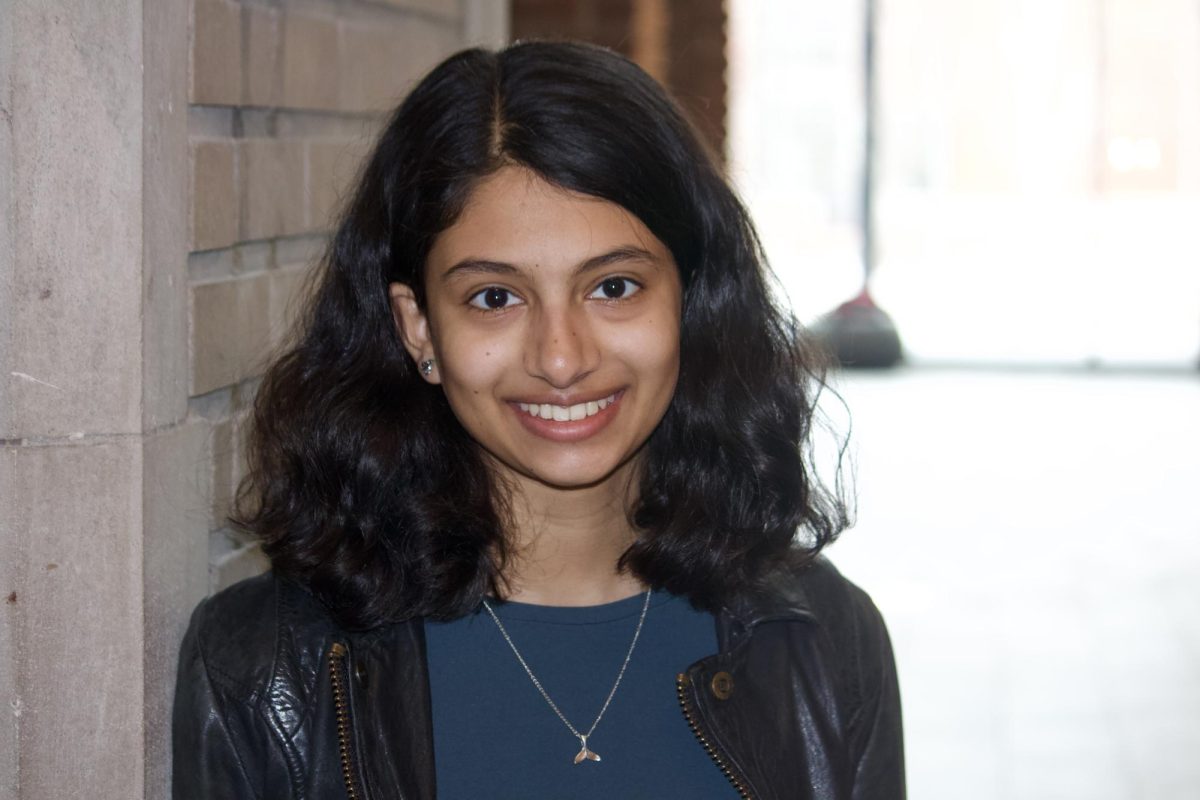To my friends from South Asia: I have fallen for convenience, but should we?
During my first few days in this country — and hence, in Grinnell — a professor mentioned, “Oh, I went to a South Asian dance ensemble this summer.” I paused. South Asian? What exactly did that mean?
Growing up in India, I rarely encountered the term "South Asia." Instead, we referred to the Grinnell classroom's geographic imagination of the place as "the subcontinent." It is mostly a geographic term, not a cultural one. Yet, in recent years, I've increasingly referred to myself as "South Asian." But why?
To me, identifying as South Asian symbolizes solidarity. Historically, this region has endured significant turmoil — internally and against colonizers — and today continues to experience political, economic, and military strife. Thus, embracing a South Asian identity in an international community like Grinnell is to assert that we share undeniably common spaces of cuisine, sports, religious traditions and more. When I identify as South Asian or refer to something as a product of South Asia, I am highlighting our collective cultural landscape.
However — and this is critical — "South Asia" can unjustly simplify our true diversity. We must never assume homogeneity amongst us. Despite some commonalities, our festivals, foods, clothing, and perspectives still differ greatly. Politically and historically, this is even more so. Attend one of the Friday "Middle of Everywhere" sessions, and if you're lucky to catch one of us presenting, you will see for yourself. Using "South Asian" indiscriminately, without considering if something truly represents our shared experiences, risks falling for the Westerner's convenience, by putting us into their categories.Yes, it is difficult to figure out the differences; no, we don't have to make it easy for everyone. Honestly, can two billion people genuinely fit under one term?
I admit that I, too, have occasionally overused the "South Asian" label, mostly because it’s the convenient shorthand here. At the cost of repetition, yes, we indeed share extensive traditions and historical ties. Yet, we also have our unique regional and national specificities. Kashmiri wool (you might know it's weirdly pronounced version "cashmere"), Darjeeling tea, and Assamese silk are just a few examples of distinct regional treasures. Grouping them as "South Asian" does an injustice to their individual origins and obscures the richness of other regions.
To my friends from our part of the world — don’t sell yourself short by conforming to Western, and sadly Grinnellian, ease and comfort. And to my friends from elsewhere-remember that our two billion individuals embody remarkable diversity. However, also make sure that you correctly identify things as South Asian when there exists a shared claim and experience — as I first said, this is a term of solidarity, nevertheless. The things we share often transcend national boundaries. Even our supposedly regional traditions often cross the international border. I am South Asian, Indian and Bengali — all at once, and so are many South Asians.






